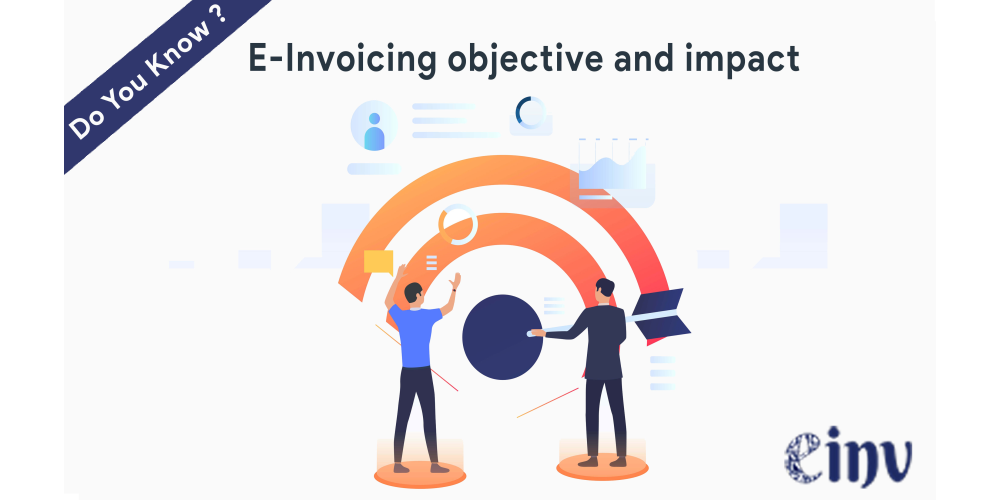
The primary objective of further bringing down the threshold turnover limit for e-invoicing is to control GST evasion and fraud while enhancing GST compliance, among MSMEs. Almost 4 lakh businesses are covered in this phase.
Enterprises along the supply chain can avail of genuine and verified Input Tax Credit (ITC). Hence, it keeps a tab on the GST revenue leakages for the government. e-Invoicing also promotes digitisation in India and enables one to digitise all transactions at the source, i.e., invoicing stage.
The main impact on the notified businesses is the drastic change in their business process, GSTR-1 preparation and alterations to their billing system or software. While turns out to be easier by auto-population of details, reconciliations can become complicated, as explained in the afterwards.
Hassle-free access to formal credit channels, such as invoice discounting or invoice financing, provides leverage to small businesses since their invoices are validated and authenticated by the government.
However, large enterprises purchasing from small businesses which are notified for e-invoicing can have a daunting task at hand. They must ensure that their small vendors comply with the e invoicing mandate more regularly. It is essential since they can otherwise lose input tax credits or face delays in claims due to non-generation of e-invoices. Ultimately when e invoicing system is streamlined by the vendor businesses, they enjoy claims of genuine tax credits.
Request A Call Back
We will try and understand your system architecture & discuss details of what it will take for you to get 100% compliant.














